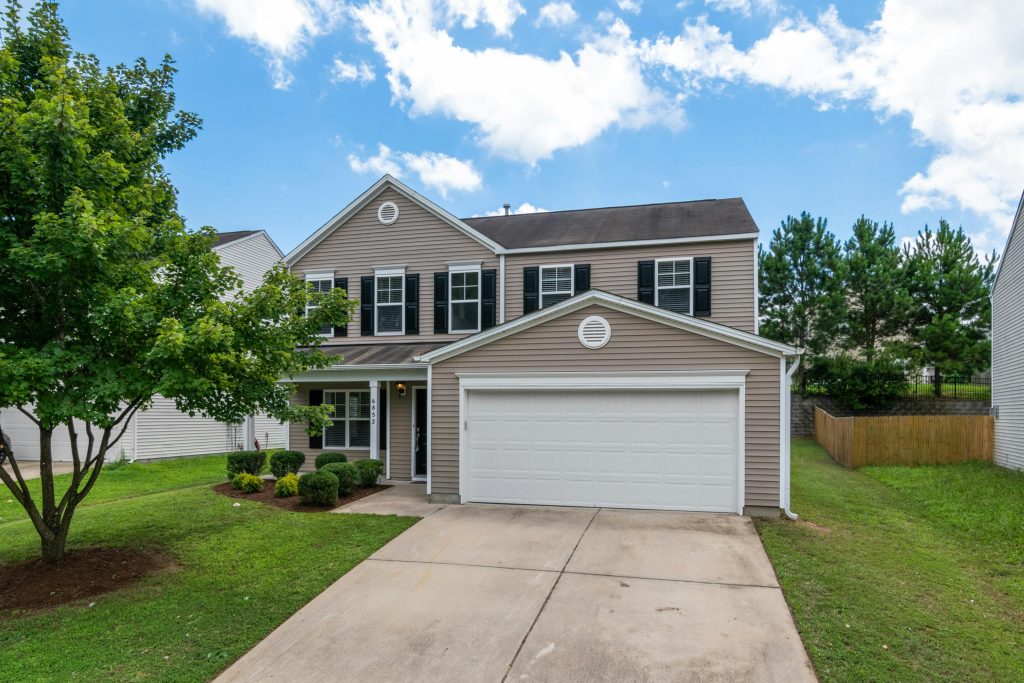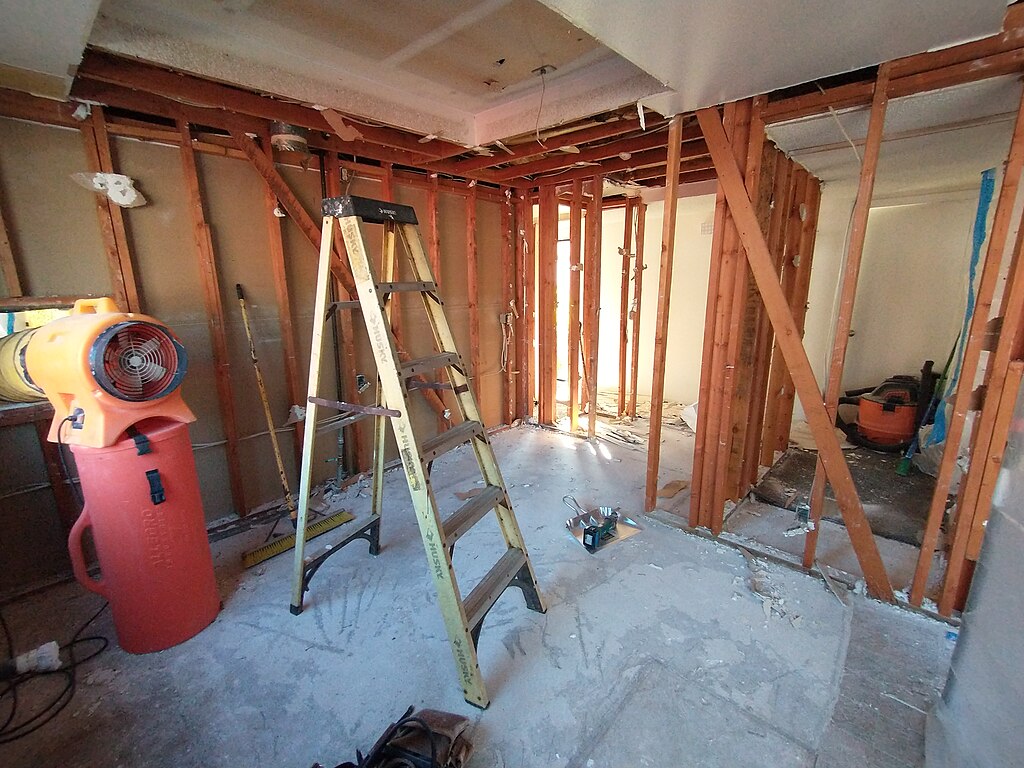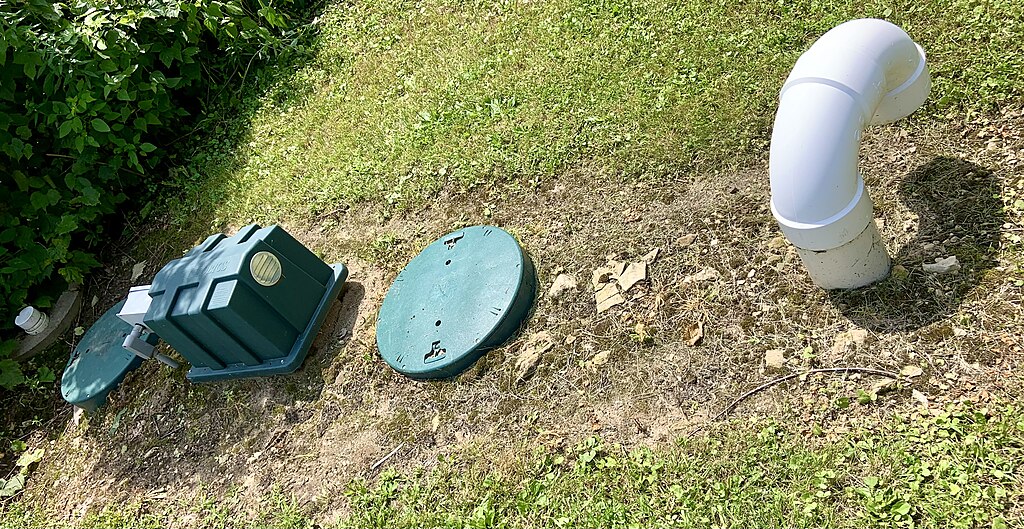To renovate or not to renovate – that is the question confronting homeowners looking to sell. While updates can bolster a property’s appeal, the looming costs and upheaval often give sellers pause for thought.
From budgeting professional repairs to weighing up the profits of an ‘as-is’ sale, this guide breaks down the financial factors to mull over. With a strategic look at the numbers, you can decide whether remedying your home’s defects is a worthy investment or simply a sunk cost better avoided.
What does selling a home ‘as-is’ mean?
In property parlance, selling a home ‘as-is’ refers to offloading it in its current condition, warts and all, with no additional repairs or renovations undertaken by the seller beforehand.
This approach represents the path of least resistance, avoiding the hassles, disruptions and expenses of pre-sale refurbishments. It also means being upfront about every issue and openly disclosing the state of disrepair to prospective buyers through surveyor reports and listings.
Crucially, an ‘as-is’ sale does not absolve the seller of all responsibility. There is still a legal obligation to reveal any known defects that could impact the value or desirability of the home. Attempting to conceal problems is unwise, as buyers’ solicitors or surveyors will uncover them eventually..
While off-putting to some, many cash buyers and investors actively seek out ‘as-is’ properties as doer-uppers they can put their own stamp on. They tend to expect hefty discounts on the asking price in exchange for taking on the risk and workload of addressing repairs themselves.
For sellers looking to avoid lengthy to-do lists and upfront overheads, the “as-is” route provides a relatively straightforward avenue to offload a property in poor condition.
What typical repairs do sellers perform before selling?
An “as-is” sale may seem appealing for prospective sellers looking to avoid additional headaches, but making at least some minor updates can pay dividends when it comes to attracting buyers and protecting profits.
Even budget-conscious sellers should consider ticking off the basics like those listed below. These relatively inexpensive spruce-ups create a sense of better-maintained space.
- Patching drywall cracks
- Refreshing paint in high-traffic areas
- Recaulking bathrooms and kitchens
- Fixing leaky faucets.
More substantial repairs that vendors commonly green light include:
- Replacing aged roofs
- Upgrading outmoded heating systems
- Updating electrical panels
- Refinishing tired flooring.
While costly, these improvements tackle fundamental issues that, if left unaddressed, can seriously undermine buyer interest.
Some sellers opt for larger-scale intermediate or full renovations to really wow purchasers. This could involve
- Revamping kitchens and bathrooms with modern fittings
- Reconfiguring archaic floor plans
- Opening up cramped spaces.
The sweet spot for maximising the sale price while also minimising refurb costs involves striking a balance – making necessary repairs and selective upgrades to enhance showings without over-spending on renovations unlikely to be recouped from higher sale prices.
Pros and cons of selling ‘as-is’
Like many decisions in property, choosing whether to list your home ‘as-is’ or undertake pre-sale renovations involves thinking about the various trade-offs. Both paths have their advantages and drawbacks to mull over.
Pros of an ‘As-Is’ Sale:
- Avoid the upfront costs and hassles of repairs or renovations
- Sell faster by skipping overhaul delays
- Attract buyers seeking distressed properties to renovate themselves
- Spare yourself clearing out home or taking belongings for contractor work
Cons of an ‘As-Is’ Sale:
- Homes in disrepair tend to put off the majority of property buyers
- Expect to accept significantly lower offers to account for defects
- Disclosure laws require openly advertising all known issues
- Some mortgage lenders may decline financing for major repairs needed
- Problematic buyer surveyor reports could complicate or derail sale proceedings
Ultimately, selling ‘as-is’ represents the path of least resistance for offloading a property in need of substantial work. However, sellers must be realistic about likely selling for a discounted rate.
Pros and cons of making repairs to your home before selling
As is the case with selling ‘as-is’, putting your home on the market after making repairs or renovations has its merits and drawbacks depending on factors like budget, timeframe and your appetite for risks versus potential rewards.
Pros of repairing or renovating before selling:
- Ability to command a higher asking price and maximise profits
- Broader appeal to buyers wanting turnkey homes needing no work
- Easier for buyers to get financing for your property
- Smoother sale process with lower probability of sellers pulling out
- Option to remain living at home during renovations before moving
Cons of repairing or renovating before selling:
- Significant upfront costs that may not fully be recouped in sale price
- Disruptions and stresses of living through contractor work
- Risks of renovations taking longer/costing more than projected
- Carrying two mortgages if relocating before completing renovations
How can I sell my home ‘as-is’?
If you commit to an ‘as-is’ sale, it’s time to explore your options for offloading the property in its current condition. Each selling method comes with its own pros and potential pitfalls to navigate.
The estate agent route
Listing with a traditional real estate agent remains possible even for homes needing substantial work. Agents are skilled at marketing properties while disclosing defects and negotiating compromises on price.
Just be prepared to significantly reduce your asking price to entice buyers inheriting any renovation responsibilities. You’ll also face a drastically shrunken pool of potential purchasers, as many will simply be put off by the level of repairs required regardless of discounts. There are also risks of sales falling through due to mortgage lenders rejecting buyer financing.
The auction option
Taking your ‘as-is’ home to auction can deliver a quick sale, but likely at a steeply discounted rate. Auction buyers typically consist of investors seeking renovation projects they can profit from after fixing up.
While this avenue avoids mortgage rejection complications, the compressed time frames provide little opportunity to adjust pricing if previously unknown defects are uncovered just before the auction date. Returns are often significantly lower than selling through traditional channels and there’s no guarantee that your property will sell at auction.
The Property Rescue solution
Partnering with an experienced property buying company like Property Rescue represents an increasingly popular option for ‘as-is’ home sellers. Our team of professionals will handle every aspect of the sale, removing all burdens from your shoulders.
There’s no need to worry about pricing haggling or repair disclosures deterring buyers. We’ll make you a fair, up-front cash offer for your home’s ‘as-is’ condition.. We also cover all legal fees and survey costs involved in the sale. So, rather than weathering months of back-and-forth negotiations and viewing disruptions, you can have cash in hand for your sale in as little as 48 hours.
Get a free, no-obligation cash offer for your property today.









